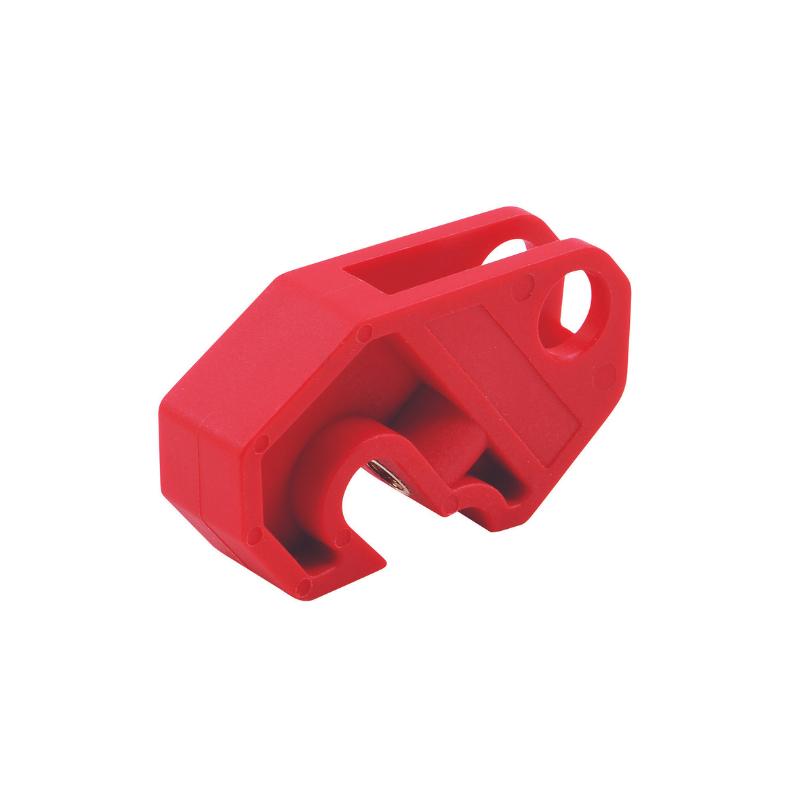Table of Contents
- Introduction
- Challenges in Traditional Qualification Processes
- The Science-Based Approach in Commissioning and Qualification
- Key Elements of a Science-Based Approach
- Integrating the Science-Based Approach with ISPE Baseline Guide Principles
- Benefits of the Science-Based Approach
- Conclusion
1. Introduction
Streamlining the commissioning and qualification (C&Q) of pharmaceutical and biopharmaceutical facilities has become increasingly critical as companies strive for greater efficiency and compliance. Traditional qualification methods, such as the V-model, can be cumbersome and prone to delays. In response, the International Society for Pharmaceutical Engineering (ISPE) introduced a science-based approach in the second edition of its Baseline Guide: Commissioning and Qualification. This guide emphasizes the use of risk-based and science-driven strategies that align with modern quality standards, like those outlined in ASTM E2500-13.
2. Challenges in Traditional Qualification Processes
In traditional approaches, commissioning and qualification were often separate stages, leading to inefficiencies. Qualification involved extensive testing and documentation, often leading to duplicated efforts without directly impacting product quality. The ISPE recognized that this rigid approach could inflate costs and time, while discouraging innovation.
3. The Science-Based Approach in Commissioning and Qualification
The science-based approach integrates commissioning and qualification into a unified process, eliminating redundancies. As outlined in the ISPE Baseline Guide Volume 5 (Second Edition), it focuses on product quality and patient safety by addressing system risks. It also leverages scientific understanding of processes and critical system features to define appropriate levels of testing, reducing overqualification while still ensuring regulatory compliance.
4. Key Elements of a Science-Based Approach
4.1 Risk-Based Qualification
The cornerstone of the science-based approach is risk management, where qualification efforts are proportional to the risks posed to product quality and patient safety. ISPE’s Baseline Guide recommends conducting a system risk assessment (SRA) early in the C&Q process to identify critical aspects (CAs) and critical design elements (CDEs). These assessments help prioritize resources, focusing on areas that are vital to maintaining product quality.
4.2 Good Engineering Practice (GEP)
Another essential component is adherence to Good Engineering Practice (GEP). GEP encompasses industry-standard methodologies, ensuring that systems are designed, constructed, and tested appropriately. It supports the science-based approach by providing a framework to manage design, installation, and operational aspects efficiently.
4.3 Leveraging Vendor Documentation
To further streamline processes, the ISPE Guide suggests using vendor documentation for verification purposes. This can include Factory Acceptance Testing (FAT) and Site Acceptance Testing (SAT), provided the vendor adheres to acceptable quality practices. Companies can incorporate vendor-provided documents into their qualification efforts, reducing the need for redundant testing.
4.4 Continuous Improvement
The science-based approach supports continuous improvement throughout a system’s lifecycle. This involves periodic reviews and system upgrades based on operational data, performance trends, and risk assessments. By fostering a proactive culture of improvement, organizations can maintain compliance while also enhancing efficiency.
5. Integrating the Science-Based Approach with ISPE Baseline Guide Principles
5.1 System Risk Assessment
At the heart of the science-based C&Q process is the System Risk Assessment (SRA). SRAs are conducted to identify critical aspects of systems and prioritize them based on their impact on product quality and patient safety. The ISPE Baseline Guide outlines how SRAs should be performed by subject matter experts (SMEs) who possess a deep understanding of the science behind the product and the manufacturing process.
5.2 Design Qualification and Verification
Once critical aspects are identified, design qualification (DQ) and verification processes ensure that systems are designed and operate according to the defined user requirements. Design reviews (DR) are conducted iteratively to confirm that product and process requirements are embedded in the system design. The system’s critical aspects are then verified through targeted testing, focusing on areas with the highest potential to affect product quality.
5.3 Testing and Documentation
By aligning testing with critical design elements, the science-based approach minimizes unnecessary documentation. Traditional qualification methods often duplicated testing efforts at different project stages. In contrast, science-based qualification allows for testing once, with the results documented and used for multiple purposes (e.g., commissioning, qualification, and regulatory submission).
6. Benefits of the Science-Based Approach
6.1 Efficiency and Cost Reduction
The integration of commissioning and qualification streamlines the overall process, reducing duplication of efforts. By focusing resources on the most critical areas, companies can save time and money while maintaining compliance. Testing is performed only when necessary, cutting down on unnecessary documentation and qualification activities.
6.2 Improved Compliance and Product Quality
The focus on critical aspects ensures that systems are qualified based on scientific knowledge, directly linking to patient safety. This minimizes the likelihood of errors and non-compliance while improving the overall quality of pharmaceutical products. The use of risk management tools ensures that risks are consistently managed, reducing the chance of critical failures in production.
6.3 Flexibility and Innovation
A science-based approach enables companies to adapt to new technologies and processes without being constrained by rigid qualification protocols. This encourages innovation and allows organizations to implement cutting-edge solutions while maintaining compliance with regulatory requirements.
6.4 Enhanced Regulatory Confidence
Regulatory authorities such as the FDA and EMA have emphasized the importance of risk-based approaches in their guidelines, and companies that adopt science-based qualification methods are better aligned with these expectations. This results in smoother regulatory inspections and greater confidence in system compliance.
7. Conclusion
Incorporating a science-based approach, as recommended by the ISPE Baseline Guide, simplifies the commissioning and qualification process. It aligns testing and verification efforts with product quality and patient safety, reducing unnecessary activities and fostering innovation. By focusing on risk management, good engineering practice, and vendor collaboration, organizations can streamline qualification processes while ensuring compliance and maintaining high product standards.
References
- ISPE Baseline Guide: Commissioning and Qualification, Second Edition
- ASTM E2500-13: Specification, Design, and Verification of Pharmaceutical Manufacturing Systems



